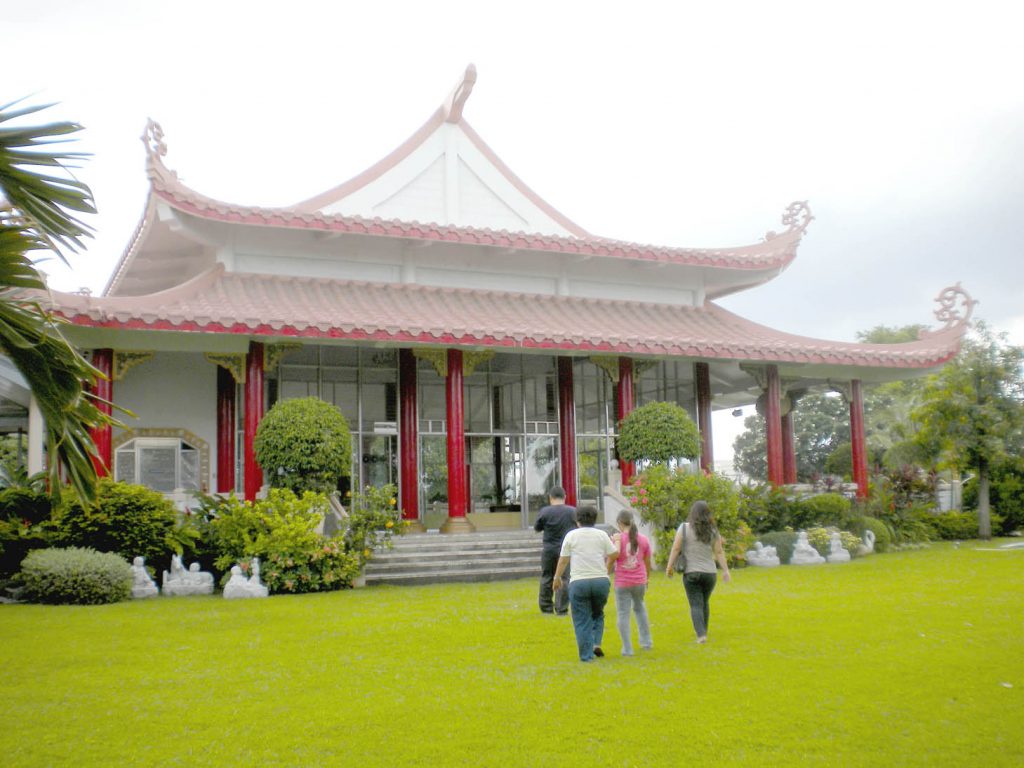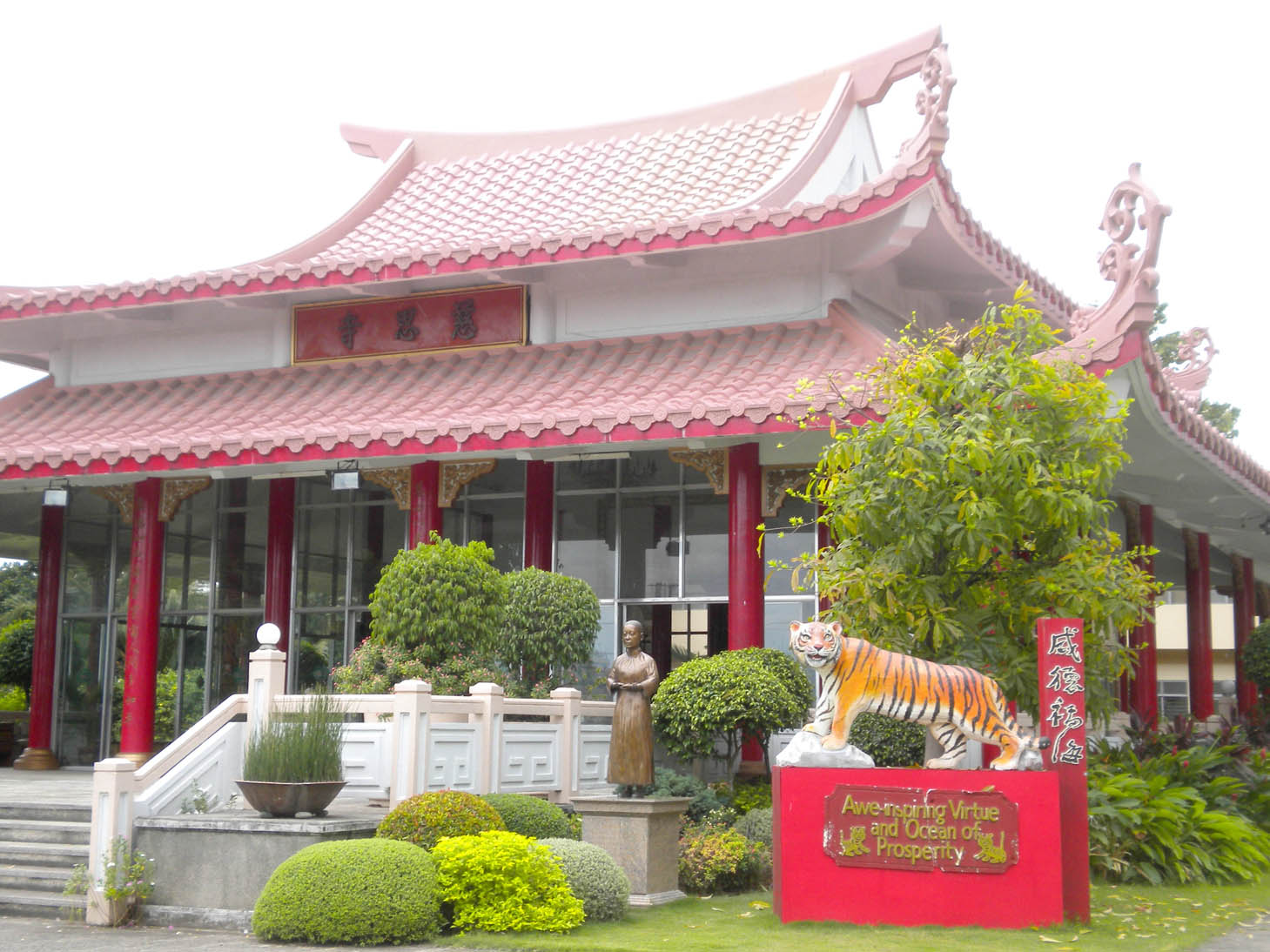Editors Note: This is the 11th of a series about the 36 Chinese Buddhist temples of the Philippines. Much of the information is from a thesis of Venerable Chuanmiao (Hsuan Chuang University, 2008), a Buddhist monk affiliated with the Thousand Buddha Temple in Quezon City.
11. Chu Un Temple 慈恩寺
246 V. Rama Avenue, Cebu City | Tel.: (032) 253-8144
This temple was built in 1988 by Paterno Luym (呂希宗) to honor his late mother, Chen Nuzhi (陳汝治), a devout Buddhist.
After building the temple on their own property, Paterno and his wife Rosita (林珠珠) looked for monastics to manage temple affairs.
Their search brought them to Taiwan, and discussion with Foguangshan resulted in two nuns, Cirong (慈容) and Yongguang (永光), being sent to Cebu in 1989.
Cirong was abbess for one year; Yongguang became the second abbess in 1990. The temple’s formal inauguration was held that year.
In 1992, Yongguang was invited to start a Foguangshan temple in Manila, and this temple was left in the care of Yongning (永寧).
This was the beginning of the Foguangshan network of temples in the Philippines under the leadership of one abbess.
Chu Un Temple’s second building, named the Ksitigarbha Hall (地藏殿), was constructed in 1996. This served as the temple’s ancestral hall and included an ossuary.
Initially, the Luym family signed short-term contracts with Foguangshan for temple management. After the first few years’s success, the contract was extended until the family decided to donate the entire temple to Foguangshan.
An important milestone in the temple’s life was the 2007 production of “Siddhartha”, a stage musical was performed to thousands of viewers in the Philippines and Taiwan.
Its success led to the establishment of the Foguangshan Academy for the Performing Arts at the Cebu temple premises, with the intent of propagating Buddhism through the arts.

Main buildings. The large property on a small hill has spacious grounds. From the main entrance on a busy avenue, a winding road leads to open gardens.
The Great Compassion Hall (大悲殿) where Guanyin is enshrined is at the center of the property. Behind it is a small building for offices, refectory, and living quarters. The Ksitigarbha Hall is to the left.
Leadership and primary activities. Ven. Juelin (覺林) is in charge of this temple and Yuan Thong Temple (圓通寺) in Bacolod. She divides her time between the two places, but the head abbess, Miaojing (妙淨), comes at least once a month to meet the community and give a talk.
Chanting services follow the liturgy books of Foguangshan, and the usual feast days are observed.
Cultural activities are given strong emphasis with activities organized by the local chapter of the BLIA during Chinese festivals like the new year and mid-autumn.
Charitable projects are also undertaken, as well as an annual summer camp for children. The Academy for the Performing Arts is key for the growth of Foguangshan in Cebu. — First published in Tulay Fortnightly, Chinese-Filipino Digest 25, no. 20 (March 19-April 8, 2013): 16, 14-15.
